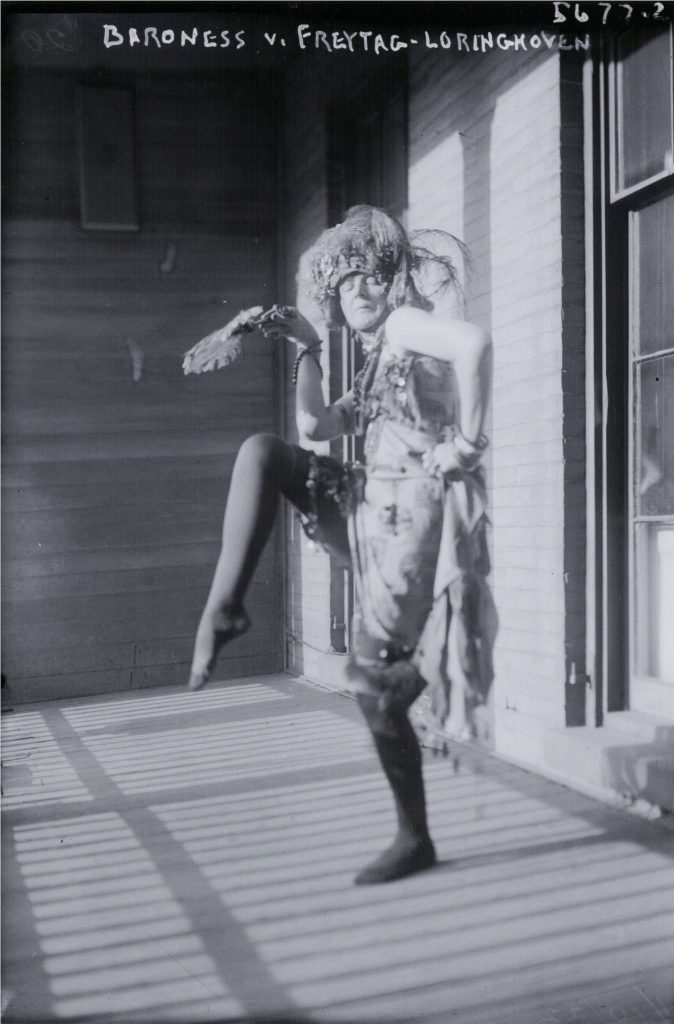In her poem “I cannot dance upon my Toes,” Emily Dickinson makes the key connection between being unable to dance—a playfully adopted stance of bodily failure—, and on the other hand, a brilliant demonstration of the poem itself as an experimental dance of the mind, a pioneer quest for an idiosyncratic and singular poetic form, which leads to an experience of ecstasy:
I cannot dance upon my Toes—
No Man instructed me—
But oftentimes, among my mind,
A Glee possesseth me,That had I Ballet knowledge—
Would put itself abroad
In Pirouette to blanch a Troupe—
Or lay a Prima, mad
Thus, early on, the rigidity of classical ballet came to stand for the rigidity of poetic conventions, challenged by Dickinson’s proto-modernist poetics.
Mina Loy’s “Crab-Angel,” one of her poems that critics least often discuss, arguably makes a similar statement, this time through the figure of a circus performer, transforming the staged ungainliness of the dancer’s grotesque body into a statement of avant-garde form:
An atomic sprite
perched on a polished
monster-stallion
reigns over Ringling’s revolving
trinity of circus attractionsSomething the contour
of a captured crab
waving its useless pearly clawsFrom a squat body
pigmy arms
and bow legs
with their baroque calves
curve in a bi-circular attitude
to a ballerina’s exstacy [sic]
There is an emphasis on the grotesque, ungainly performance of the androgynous “Crab-Angel” (“minnikin of masquerade sex / Helen of Lilliput? / Hercules in a powder puff?”); yet, the performer reaches an experience of “ballerina’s exstacy” similar to the “Glee” of Dickinson’s poem:
to dart
though circus skies of arc-lit dust
Crab-Angel like a swimming star
clutching the tail-end of the Chimera
An aerial acrobat
floats on the coiling lightning
of the whirligig
lifts
to the elated symmetry of Flight — — —
This ecstatic performance makes him / her the subject of the merciless ridicule and jeering (“‘Per Bacco!’ ’Tis an idiot dwarf / hooked to a wire to make him jump!”), which is ostensibly the voice of the “censor’s scythe,” as Loy puts it in “Apology of Genius,” i. e. of the gender, social and artistic norms challenged by the rise of the avant-garde in the 1910s and 20s. The analogy is reinforced by the fact that Loy compares her fellow avant-garde artists to “clowns” in “Apology of Genius.” Even more explicitly than Dickinson, Loy posits the link between being unable—or unwilling—to perform with grace in a more traditional sense, and the innovative forms of avant-garde literature and art. The circus performer of “Crab-Angel,” so unusual that he or she is perceived as offensive by the voice of tradition, also recalls Baroness Elsa von Freytag Loringhoven’s challenging performances as a Dada ballerina, such as her 1920 Self-Portrait as a Dancer.
